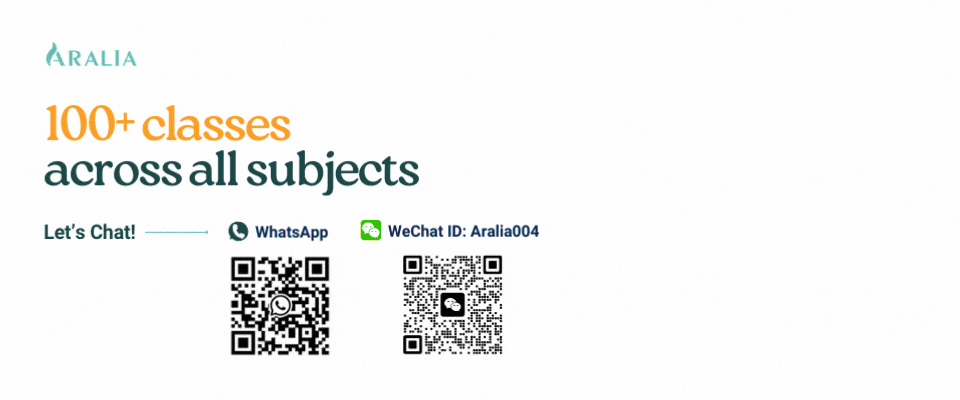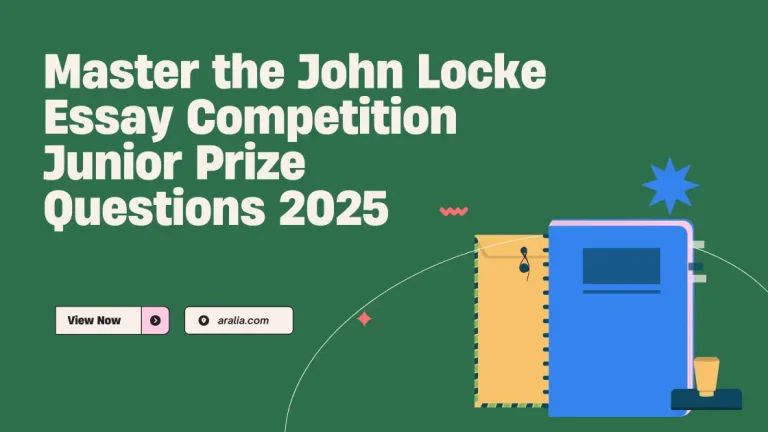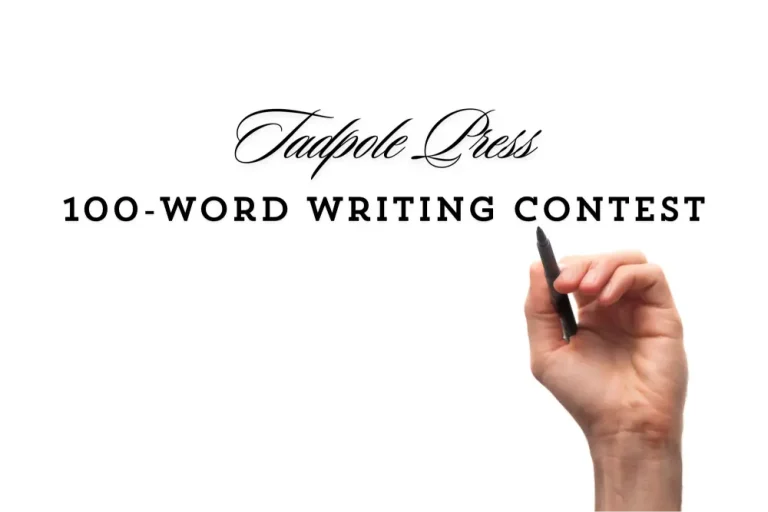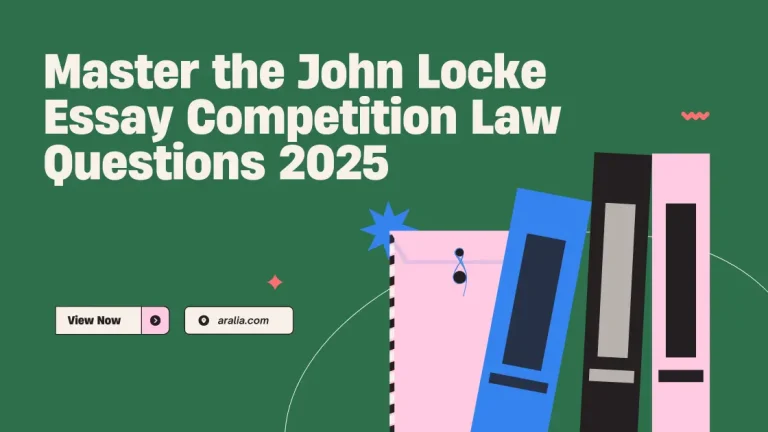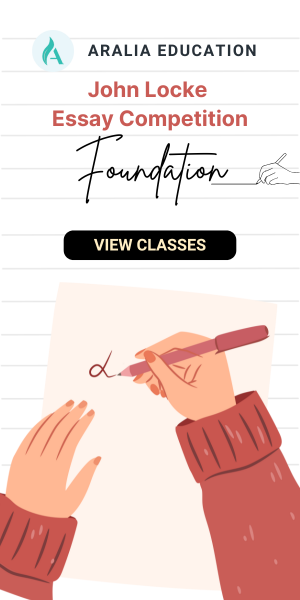Logo Source: American Society of Human Genetics
85% of Aralia Students Place in Top Writing Competitions
1. What is the DNA Day Essay Contest?
Introduction
The annual DNA Day Essay Contest is hosted by the American Society of Human Genetics in support of National DNA Day. DNA Day commemorates the completion of the Human Genome Project in April 2003 and the discovery of the double helix of DNA in 1953.
Competition Timeline
- January 6, 2025: Submission site opens
- March 5, 2025: Submission site closes
- April 25, 2025: DNA Day! Winners and Honorable Mentions announced
Cost
The ASHG DNA Day Essay Contest is free to enter.
Question
The question for the 2025 DNA Day Essay Contest is:
Artificial intelligence (AI)—advanced computer systems that can quickly analyze large amounts of data—is being used in many areas of healthcare, from diagnosing diseases to recommending treatments. Now, experts are also using AI to help interpret genetic testing results, which examine your DNA to understand your risk for certain diseases or guide treatments. If you had to undergo genetic testing, would you want AI to be used to help make sense of your results?
Please address the following in your essay:
- When do you think using AI would be helpful in understanding your genetic test results?
- What risks or harms do you think using AI could pose in healthcare?
- What information would you want to learn from AI for analysis of your genetic information? Consider in comparison to the information provided in standard genetic test results.
Prizes
- $1,000 + $1,000 genetics materials grant for 1st Place Winner
- $600 + $600 genetics materials grant for 2nd Place Winner
- $400 + $400 genetics materials grant for 3rd Place Winner
- $100 each for Honorable Mentions 10 students
2. What is the eligibility and requirements for the DNA Day Essay Contest?
Students: To participate in the DNA Day Essay Contest, students must be high school students in grades 9 to 12 studying in the US and internationally. Essays must be submitted by a teacher/administrator or parents if homeschooled.
Essays: Must be in English and no more than 750 words. Students should use APA or MLA style for citations.
3. What are the reviewers/judges looking for when evaluating a student's works?
Criteria | Points |
The overall accuracy of the science content | 0-6 |
Use of evidence in support of an argument/answer; essay well-focused on the question/topic selected | 0-6 |
Writing quality (clear thesis, composition, grammar, syntax, spelling) | 0-5 |
References and citations (quality and appropriateness) | 0-3 |
Total Points | 0-20 |
Competition Rules Highlights
- Essays must be submitted by a teacher or administrator and written by high school students (grades 9-12). If the student is homeschooled, a parent may submit the essay.
- Only individual entries are allowed; team entries are not permitted. Each student may submit only one essay.
- Essays must be written in English, with a word limit of 750 words (including in-text citations, but excluding the reference list).
- To ensure fair evaluation, the student’s name must not appear in the essay text.
- Each essay must include at least one reference. References should be clearly cited within the text and listed in the reference list.
- Citations may follow either APA or MLA format. There is no limit on the number of references students can use, but excessive references should be avoided (judges are more interested in the student’s perspective on the issue rather than simply the sources).
- Judges will consider the quality of sources when scoring.
- Any large language model (LLM) tools cannot be credited as the author of the essay. This is because any authorship credit implies responsibility for the work, which AI tools cannot assume. Students who use LLM tools should record this usage in the references section.
Unlock Your Writing Potential: Students in Our Writing Competition Preparation Class Are More Likely to Secure Awards
4. How can I stand out in the DNA Day Essay Competition?
Seek reference from past essays:
Even though past essays were written about a different topic, reading past essays will help you discover the standard structure and the pattern of successful essays. Last year, the topic was discussing how the sampling method for DNA research posed bias in genomic findings and questioned its credibility in studying other populations around the world. The full list of winning essays can be found here.
Essay Structure:
- Opening: You can be either creative or straightforward at the beginning. In this section, you provide context about the topic explaining the issue, then you end with a thesis statement. Focus on providing context for the question rather than presenting your opinions.
- Body paragraphs: Depending on how many opinions you have, you can follow this general structure of the introduction sentence, text analysis, and evidence. Make sure not to use the first-person perspective, because this is not a personal essay.
- Conclusion: At the end, you should remind your readers about your written topic and the takeaway from the evidence. You don’t have to present everything again in this conclusion, but just the overview.
Cite the accurate science content and credible source
The DNA Day Essay Contest is about a biology / science topic; therefore, every source and content utilized must be carefully considered and made sure to be of good quality before writing on the paper. Do careful research about the topic. Some credible sources that you can rely on are ProQuest, Nexis Uni, Google Scholar, search engines, Google Books, or your school’s library. In addition to biology and other science textbooks, your school’s library may have access to various academic journals where you can search for information not freely available on the internet; ask your librarian about what is available. Overall, you can use keywords related to your topic to search online for scholarly and peer-reviewed articles, internet resources, or books to set your research context.
There are millions of results on the Internet, and sometimes you may be lost finding the right articles or the right book for a research context. Articles on the Internet are often unreliable, especially when it comes to magazine or newspaper articles. This is because the writers are not credible researchers or scholars in a specific field and frequently intersperse their own opinions with the facts.
There are multiple citation styles (MLA, APA, Chicago, etc.) you can choose from; however, for the DNA Day Essay, you will choose either APA or MLA. Carefully citing your sources shows your respect to the original author and your credibility in writing this research paper.
Don’t fall into these common pitfalls
The DNA Day Essay Contest announced some common pitfalls the judges previously saw across student submissions, let’s take a look and see what they are:
- Focusing too much on details rather than providing a clear overview.
- Overstating the current or future state of the biotechnology field.
- Inaccurate technical language.
- Lack of in-text citations.
- Using outdated references.
- Using too many quotes.
Aralia is an online course platform that connects students and teachers around the world. Our instructors provide students very personalized education while helping them explore areas of personal interest.
5. Common issues in previous submissions
- Excessive focus on details: Overemphasis on details can obscure the understanding of the overall argument. Judges tolerate minor detail errors more than mistakes in basic concepts and larger ideas.
- Exaggeration: Overstating the current or future state and utility of biotechnology or biomedical science with grand claims.
- Inaccurate technical language: Judges understand that students may not know all “scientific terms,” so there is no need to force their use.
- Lack of in-text citations: Failing to cite information that is not considered common knowledge. If information is sourced from elsewhere, it should be cited.
- Outdated references: Given the fast pace of scientific advancement, references older than five years may contain outdated perspectives.
- Excessive citations: While some citations are appropriate, too many can suggest that the author has not mastered the topic.
Aralia is currently offering DNA Day Essay Contest preparation. Details about the class can be found here.
In addition to academic courses, Aralia offers Academic Enrichment Programs, Research Programs, Competition Preparation, and Art Portfolio Preparation to help students prepare for higher education and refine their skills in academic subjects not available at their school.
Aralia's Courses
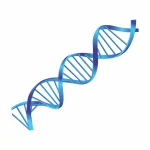
Annual DNA Day Essay Contest Preparation
Join our specialized Annual DNA Day Essay Contest Preparation for personalized guidance and support in crafting winning essays for the Annual DNA Day Essay Contest.


